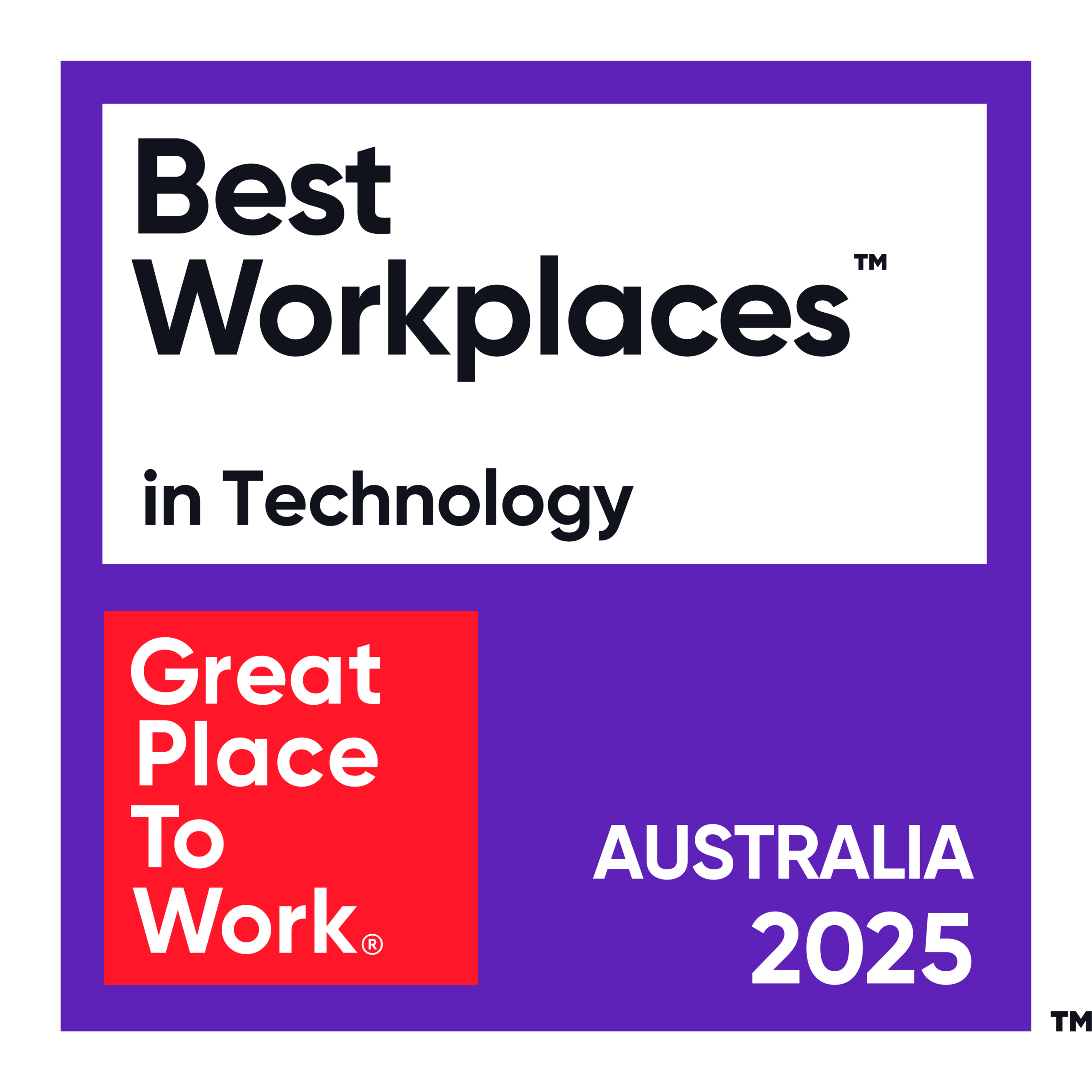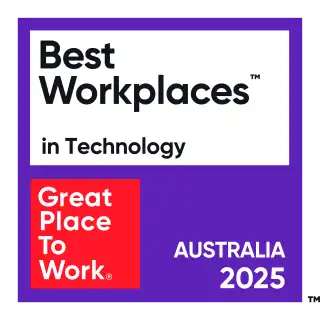7 ways to de‑risk legacy modernisation
- Start with outcomes, not systems. Write three business outcomes you want in 90 days (e.g., faster onboarding, fewer manual steps). Prioritise the smallest change that proves value, then expand. This keeps scope tight and visible to non‑technical leaders.
See how we frame programmes in our legacy modernisation work. - Pick the right path per app (replace, rebuild, refactor, retire). Not every system needs the same treatment. Replace commodity functions with SaaS; rebuild differentiating capabilities; refactor risky modules gradually; retire what no longer adds value. A “strangler” approach limits blast radius and avoids big‑bang cutovers.
- Use AI + low‑code to move faster – with guardrails. Forrester’s global research notes low‑code is now mainstream for professional developers, not just hobby projects. That matters when you’re modernising at pace. Forrester
PhoenixDX combines AI + low‑code delivery practices with OutSystems to automate the boring work (scaffolding, tests, docs) so teams focus on logic and integration. - Stabilise interfaces first. Lock down API and event contracts between old and new. Run systems in parallel and switch traffic gradually. This is easy to explain to business stakeholders and reduces cutover anxiety.
- Stand up a “golden path”. Create a paved path for teams – including identity, CI/CD, observability, testing, and security checks – so every squad ships with the same high-quality standards. Gartner’s coverage of enterprise low‑code emphasises model‑driven development with generative AI; a platform approach makes these controls repeatable.
- Measure simply and often. Track lead time for change, change failure rate, and time to restore. For business leaders, add one or two KPIs (e.g., cycle time per request). Forrester forecasts strong market growth as AI and low‑code converge – momentum you can harness if you measure and adapt.
- Bring people along. Name product owners, run short show‑and‑tells, and document decisions in plain English. Upskill internal teams early; use partners to accelerate, not to replace your capability. When you need targeted help, our OutSystems expertise plugs into your squads.
How it works / Practical steps
- Create a one‑page roadmap. List candidate systems and assign a path (replace/rebuild/refactor/retire). Circle the first two increments you’ll deliver in 6–10 weeks. Link this plan to your board‑level outcomes.
- Choose a platform deliberately. Shortlist 2–3 vendors using the Forrester Wave™: Low‑Code Development Platforms for Professional Developers (Q2 2025) and IDC’s latest MarketScape as inputs, then run a time‑boxed proof‑of‑architecture in your stack. OutSystems+1
- Stand up the rails. Spin up your “golden path” once (pipelines, testing, logging, security). PhoenixDX has accelerators for this in our AI + low‑code delivery model.
- Deliver thin slices. Ship one journey or integration at a time behind feature flags.
- Show and tell. Demo working software to executives every fortnight; capture decisions in simple language.
Quick comparison table
| Path | When it fits | Time to value | Notes |
| Replace | Commodity processes | Fast | Use adapters; avoid heavy customisation. |
| Rebuild | Differentiating capability | Medium | Good fit for OutSystems + pro‑code where needed. |
| Refactor | Risky monoliths | Medium | Strangle by domain; keep interfaces stable. |
| Retire | Low/no usage | Immediate | Remove cost and complexity. |
Benefits & business outcomes
- Speed with control. Forrester’s 2024 state‑of‑low‑code research positions low‑code as a first‑class development approach for pro teams – so you can move fast without losing governance.
- Clear market signals. Forecasts suggest the low‑code market could approach $50B by 2028, reflecting enterprise adoption and AI tailwinds.
- Independent validation. Use the Forrester Wave (2025) and IDC MarketScape (2025/2024) to benchmark options; OutSystems is covered in both.
- Confidence through reviews. Gartner Peer Insights lets you compare enterprise low‑code platforms based on verified reviews – useful input for your shortlist.
Risks & how to mitigate them
- Vendor lock‑in. Mitigation: design around open APIs/events; keep domain models portable; validate export paths during PoC. Use analyst reports to probe openness claims.
- Scope creep. Mitigation: deliver thin slices, time‑box decisions, and show working software frequently.
- Security and quality drift. Mitigation: bake tests, code scanning and policy checks into the golden path; review metrics weekly.
- Change fatigue. Mitigation: use short demos, simple language, and celebrate early wins.
PhoenixDX approach (brief)
PhoenixDX helps organisations modernise safely by combining platform engineering with AI + low‑code delivery. We provide a paved “golden path,” hands-on enablement, and accelerators that remove friction from day one. Subtle but important: our goal is to help your teams succeed, not create dependency.
When OutSystems is the right fit, we apply proven patterns for integration, testing and scalability through our OutSystems expertise – all within a pragmatic legacy modernisation roadmap.
FAQs
Q: What’s the simplest way to start legacy modernisation?
A: Pick one high‑value journey, decide the path (replace/rebuild/refactor), and deliver a thin slice in 6–10 weeks. Keep outcomes visual and share progress widely.
Q: Which platform should we shortlist?
A: Put OutSystems on your shortlist and compare it with 1–2 others using the Forrester Wave (Q2 2025), IDC MarketScape, and Gartner’s category views; then run a proof‑of‑architecture in your environment. OutSystems+2IDC+2
Q: Is low‑code only for citizen developers?
A: No. Forrester shows it’s used widely by professional developers; the key is governance and a solid platform path. Forrester
Q: How do we keep costs in check?
A: Set exit criteria up front, avoid over‑customising SaaS, and measure value every fortnight. Utilise analyst insights to negotiate effectively and right-size licensing. IDC
Conclusion
Modernisation doesn’t need to be complicated. Start small, pave the path, and show value early. When you need extra momentum, PhoenixDX can help your teams deliver faster and more safely.
Ready to move faster with lower risk?
Book a quick call to discuss your roadmap or explore our legacy modernisation approach.








